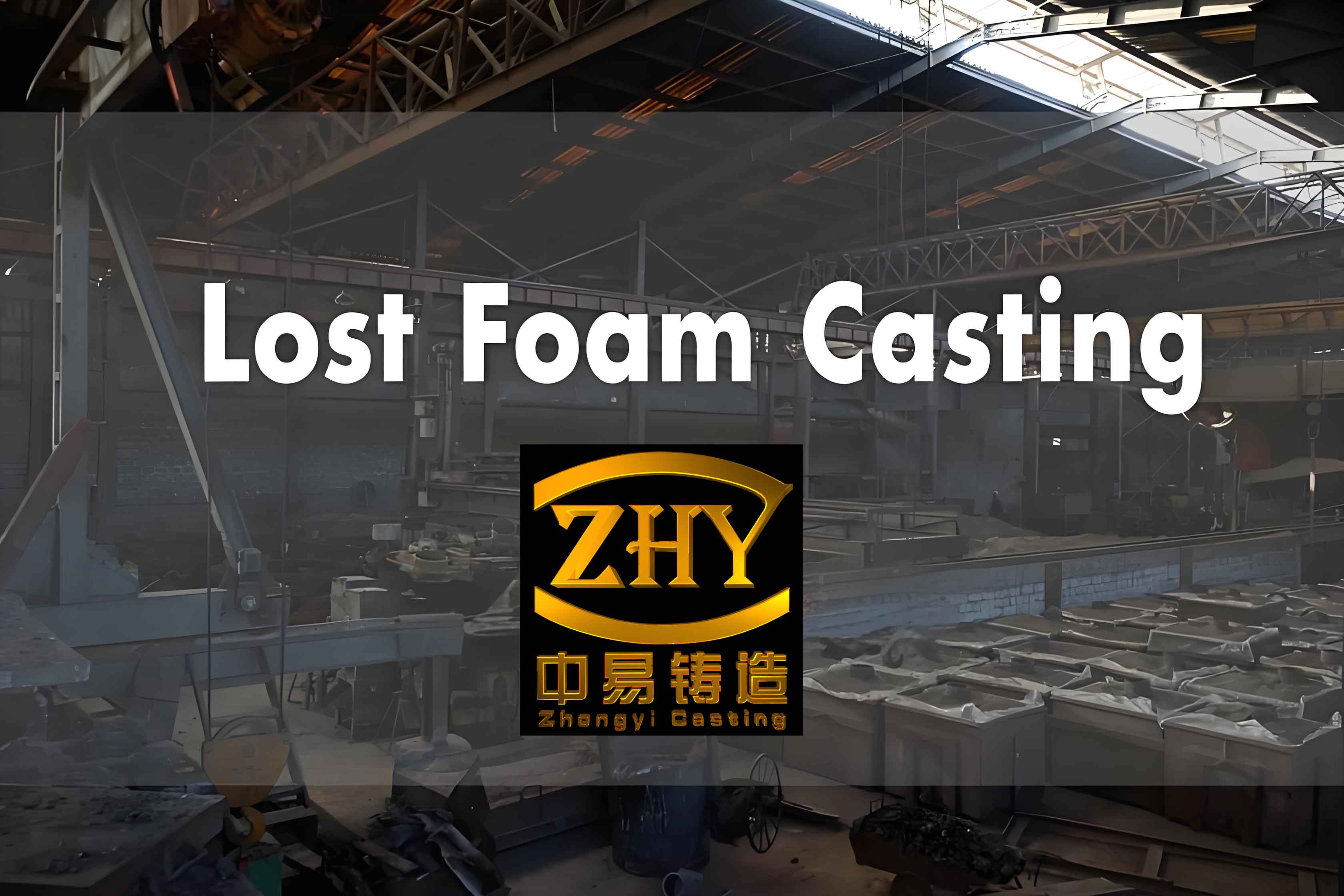Abstract
Casting simulation technology has been widely used in actual production, playing a significant role in the development and trial manufacture of new products, process optimization of old products, and low-cost quality control. However, there are few successful cases of applying lost foam casting simulation technology to complex three-dimensional castings. This paper focuses on the application of computer simulation technology in the lost foam casting of complex castings, aiming to promote the development of advanced casting CAE technology in the domestic lost foam casting industry.

Table of Contents
- Introduction
- Background and Significance of the Research
- Domestic and International Research Status
- Development Overview of Lost Foam Casting
- Overview of Ductile Iron Lost Foam Casting
- Development Overview of Casting Simulation Technology
- Research Trends in Lost Foam Casting Simulation
- Main Research Content of the Paper
- Theoretical Basis and Software Application of Lost Foam Casting Simulation
- Numerical Models for the Filling and Solidification Processes of Lost Foam Casting
- Introduction to Numerical Simulation Methods for Filling Process
- Overview of Solidification Characteristics of Lost Foam Casting
- Introduction to Numerical Models for Solidification Process
- Solution Methods for Numerical Models of Solidification Process
- Introduction to ProCAST and Visual Environment
- Special Parameter Settings for Lost Foam Simulation in ProCAST
- Analysis of Lost Foam Casting Characteristics Based on ProCAST
- Special Settings for Shrinkage Porosity Simulation of Ductile Iron Castings in ProCAST
- Method for Simulating Ductile Iron Lost Foam Casting Process Based on ProCAST
- Numerical Models for the Filling and Solidification Processes of Lost Foam Casting
Table 1: Comparison of Simulation Parameters
| Parameter | Description | Value/Range |
|---|---|---|
| Filling Speed | Velocity of metal liquid filling the mold | Variable |
| Pouring Temperature | Temperature of the metal liquid poured into the mold | ~1500°C |
| Mold Material | Material used for the mold | EPS foam |
| Coating Material | Material applied to the mold surface | Refractory |
| Solidification Time | Time taken for the metal to solidify completely | Variable |
- Trial Production Process and Simulation of Ductile Iron Long Fork Lost Foam Casting
- Geometric Model Building
- Mesh Model Building
- Thermophysical Model Building
- Simulation Results and Analysis of Trial Production Process
- Bottom Gating System Scheme
- Top Gating System Scheme
- Correction of Solidification Calculation
Table 2: Comparison of Simulation and Trial Results
| Scheme | Simulation Result | Trial Result | Consistency |
|---|---|---|---|
| Bottom Gating | Some shrinkage porosity observed | Significant shrinkage porosity | Partial |
| Top Gating | Poor venting and dross inclusion | Poor venting and dross inclusion | High |
- Improvement and Simulation of Ductile Iron Long Fork Lost Foam Casting Process
- Improvement Schemes
- Simulation and Result Analysis of Improved Processes
- Actual Production Results
- Supplementary Optimization of Improvement Schemes
- Conclusion and Outlook
- Summary of the Research
- Outlook for Future Research
Keywords: Lost Foam Casting; ProCAST; Visual Environment; Ductile Iron
Detailed Analysis
1. Introduction
The application of casting simulation technology in the lost foam casting of ductile iron long forks is crucial due to the complexity of the casting process and the high costs associated with trial and error methods. This research aims to promote the development of advanced casting CAE technology in the domestic lost foam casting industry.
2. Theoretical Basis and Software Application
The ProCAST casting process simulation system, based on the Finite Element Method (FEM), is capable of performing THERMAL+FLOW+STRESS three-field fully coupled analysis. It is particularly suitable for simulating the lost foam casting process of complex castings such as ductile iron long forks.
Table 3: Key Features of ProCAST
| Feature | Description |
|---|---|
| THERMAL Solver | Calculates heat transfer models including conduction, convection, and radiation |
| FLOW Solver | Simulates the flow of metal liquid during the filling process |
| MICRO Module | Simulates microstructural changes during solidification |
| Customization | Allows for special parameter settings for lost foam casting and ductile iron |
3. Trial Production Process and Simulation
Two trial schemes, bottom gating and top gating, were simulated using ProCAST. The simulation results were compared with actual trial results to establish an accurate thermophysical model for the lost foam casting process of the ductile iron long fork.
4. Improvement and Simulation
Based on the analysis of the trial results, an improved pouring scheme was developed. The improved scheme was simulated using the established thermophysical model, and the simulation results were verified through actual production. Further optimizations were made to address issues such as shrinkage porosity.
5. Conclusion and Outlook
This research demonstrates that computer simulation technology can accurately predict casting defects and guide process design and optimization in lost foam casting. The use of “computer trial casting” can significantly reduce the number of trials and errors, lowering costs and improving production efficiency. Future research should focus on expanding the application of casting simulation technology to other aspects such as casting deformation, mechanical properties, and microstructure.
In conclusion, the research on the lost foam casting process of ductile iron long forks using computer simulation technology has important practical significance and application value.
